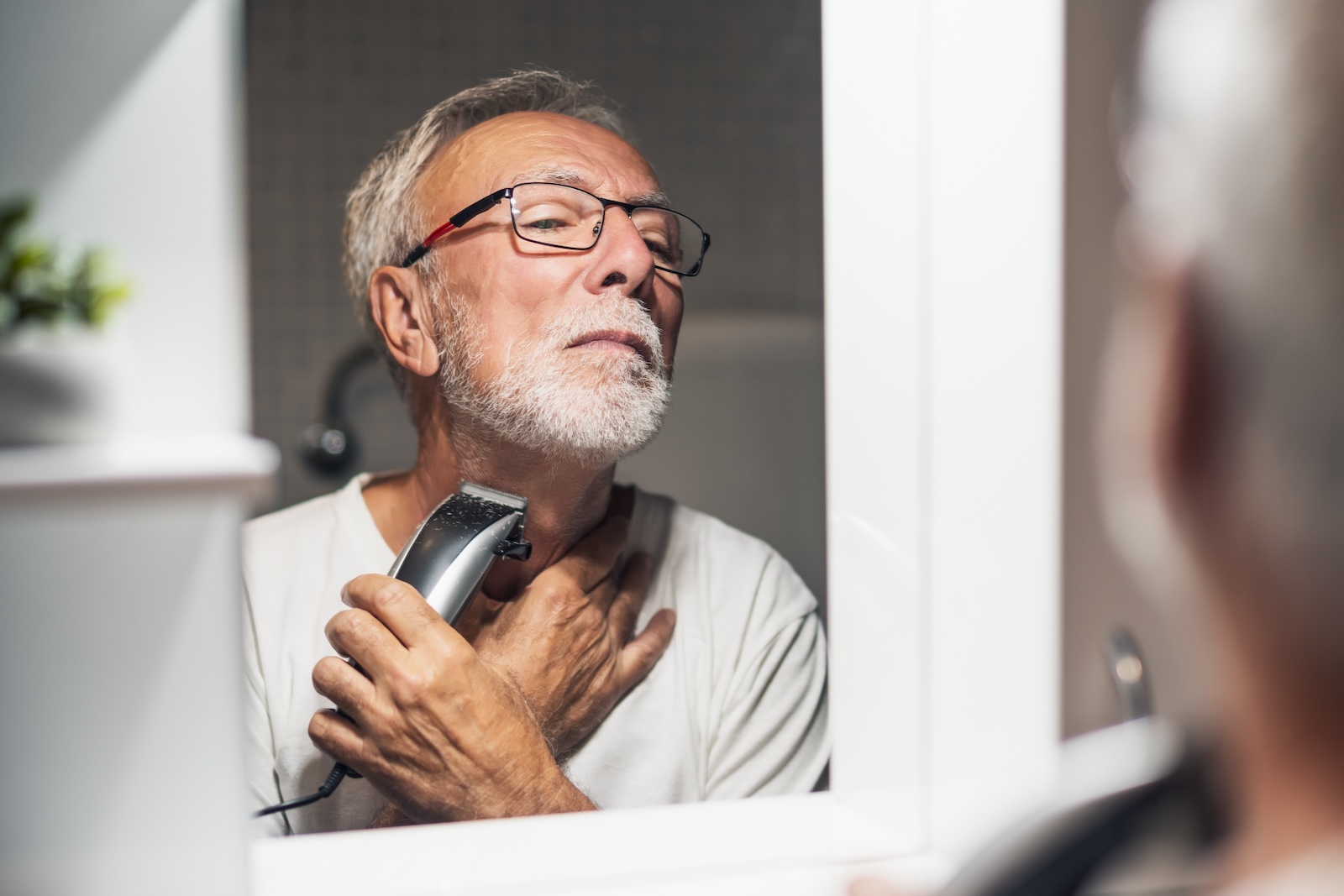Magazine
The Ultimate Guide for How To Take Care of Your Skin
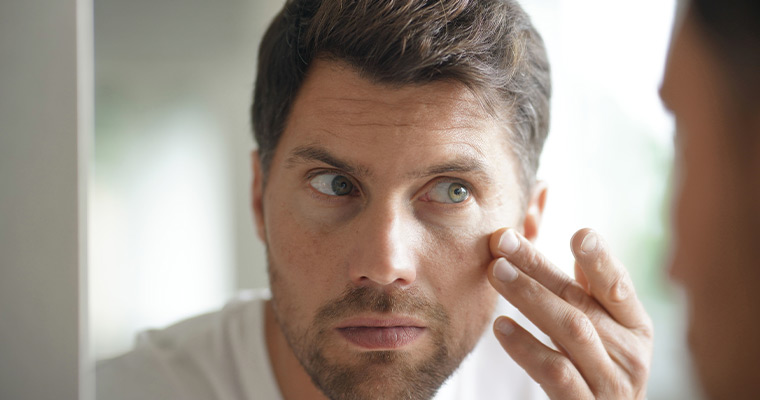
Men often forget that the skin is their body’s largest organ and, as a result, its functions are as complex as any other. While skincare does not have to be difficult, it can be tricky to understand without a little help.
Today, Particle will be providing you with the ultimate guide for taking care of your skin.
Skin Type
First, let’s start with skin type. We often hear the phrase “skin type” used in conversations about skincare, but what exactly is it, and why does it matter?
There are five skin types — normal, sensitive, dry, oily, and combination — and yours is assigned by genetics but can be affected by external and internal factors that may cause them to change with time.
There are a variety of skin characteristics that contribute to determining your skin types, such as its water content, sensitivity level, and oil content. Figuring out your type is necessary to treat your skin properly and provide it with everything it needs to stay healthy.
To identify your skin type, take a moment to examine your skin’s physical traits.
- Dry Skin: If your skin is rough and flaky, your skin type is likely to be dry. Dry skin tends to be dull, tight, and prone to itchiness, irritation, and more visible fine lines.
- Oily Skin: If your skin consistently appears shiny or greasy, your skin type is likely oily. Oily skin tends to result in an excessive amount of sebum on your T-zone due to overactive sebaceous glands, making it more prone to blemishes and breakouts.
- Normal Skin: If your skin feels neither dry nor oily, your skin type is likely normal. Normal skin is balanced, generally has a smooth texture, and is not prone to breakouts or irritation.
- Combination Skin: If your skin is both dry and oily simultaneously, your skin type is likely a combination. Combination skin usually appears as excess oil on the T-zone and dry patches on the surrounding areas.
- Sensitive Skin: If your skin is burning or itching and appears red, your skin type is likely sensitive. Sensitive skin is vulnerable to external irritants like certain fragrances and materials.
If you are still unsure about your skin type, consider trying the oil test. Wash your face with your cleanser, pat it dry, and then wait 30 minutes. After the time is up, examine your skin.
If your skin has no distinguishable features, you probably have normal skin. If your skin is red and itchy, you probably have sensitive skin. If your skin is tight and flaky, you probably have dry skin. If your skin looks shiny and feels greasy, you probably have oily skin. If your skin is only shiny on the T-zone and dry elsewhere, you probably have combination skin.
Once you have an idea of your skin type, test your theory with blotting sheets. Use blotting sheets on different areas of your face and observe their oil markings.
If you find minimal oil on every area of your face, you likely have normal skin. If there is only oil on your T-zone, you likely have combination skin. If there is little to no oil across your face, you likely have dry skin. If oil is abundant across your face, you likely have oily skin.
Irritation levels best determine sensitive skin. The amount of oil found on the face of someone with sensitive skin is typically impossible to distinguish from other types.
Designing Your Routine
Now that you have identified your skin type, you can move on to designing your personalized skincare routine. No two routines look the same and, for that reason, we will be listing various products that you can choose to add into your routine.
We will explain what they are, how to use them, and when you should apply them to get the best results. Choose the products that best suit your needs.
Cleanser
A cleanser should be a part of everybody’s skincare routine. Throughout the day and night, unwanted substances like dirt and dead skin cells can build up on your face resulting in skin damage like acne and premature aging.
To keep your skin clear and healthy, it is important that you cleanse your face twice a day, once in the morning and once before bed. Be wary of overwashing. Excessive washing can weaken the moisture and lipid barrier responsible for protecting your skin.
When you work out is one of the few instances you should add a third wash to your day. After exercising, wash off the sweat to prevent it from mixing with buildup and clogging up your pores.
Make sure that you select the right cleanser for your skin. Ideally, choose something that is both gentle and effective. We recommend Particle Face Wash.
Particle Face Wash is specifically engineered for men, to remove dirt, oil, and grime and leave their skin fresh. This wash is formulated to provide you with a clean and clear complexion. The product uses premium ingredients like allantoin, cinnamomum extract, and panthenol to remove oil and grime, hydrate the skin, and exfoliate dead skin cells.
Once you have selected your cleanser, remember to wash your hands before touching your face. This will ensure that you are ridding your hands of bacteria that could be transferred elsewhere.
Then, use lukewarm water to apply your face wash. This water should be warm enough to open up your pores for deep cleaning without dehydrating your skin.
When you are done washing your face, either air dry your skin or pat your face dry with a soft towel.
Face Masks
While there are all different types of face masks, the general benefits of treating your skin with this product are added hydration, excess oil absorption, enhanced elasticity, and a refined appearance.
Before applying a face mask, you should always cleanse your skin, though some may require that you cleanse your face afterwards as well.
For example, suppose you use Particle Face Mask. It is a weekly face mask for deep cleansing that fights blemishes, firms the skin, and reduces blackheads and pore visibility. It is suggested that after evenly applying a thick layer of the product onto your face and letting it rest for 10 minutes, you should rinse your face with your face wash.
Toner
Next in your routine, you can apply your toner. Toners are made to improve the absorption of other ingredients and provide your skin with a firmer, tighter, smoother appearance.
While toners are already naturally hydrating, they can also help with soaking up additional moisture applied to the skin. This will contribute to keeping your skin clean and safe from external irritants.
There are several toners to choose from, all containing their own unique benefits. Some are tailored towards soothing irritation, while others are meant to deliver vitamins to your body. Select the one that supports your needs, then apply it to your face and neck in the morning and at night using a cotton pad or your hands.
Face Creams
Face creams can help keep your skin moisturized and nourished so that you can look younger for longer. Particle Face Cream, for example, offers six key benefits that are sure to help you maintain healthy skin:
- Reduces the appearance of wrinkles
- Soothes under-eye bags
- Evens out the appearance of dark spots
- Helps to calm the skin after shaving
- Nourishes and replenishes the skin with dead sea minerals that can help your body combat free radicals
Face creams are full of nutrients that can help restore your skin’s best qualities, and this particular face cream can offer you several of the most sought-after benefits all in one product.
Use a dime-sized amount of cream and massage it onto your forehead, under eyes, cheeks, nose, and chin after cleansing. Make sure you have covered the entirety of your face with the product, and use it in the mornings and at night for best results. As with any product, consistency and proper usage is key to achieving the skin you desire.
Spot Treatments and Prescriptions
After applying your eye cream, you can move on to spot treatments and prescriptions. Follow the directions provided to you by your dermatologist and only apply them where and when needed as instructed.
Allow the active ingredients in your prescription a moment to settle before moving on to the next step.
Moisturizer
Moisturizer is one of the essential skincare products that should be a part of every routine. The right moisturizer can provide your skin with hydration and strengthen the moisture barrier, defending against future damage like dryness, redness, fine lines, and breakouts.
A good moisturizer should be balanced and hydrating. To ensure that this is the case for you, check the ingredients on your selected lotion to ensure that they are safe and beneficial for your skin.
We recommend Particle Face Cream. This 6-in-1 cream helps fight the appearance of wrinkles, alleviate eye bags, remove dark spots, and nourish your skin using premium ingredients like jojoba oil, vitamin E, and allantoin.
Make sure that you apply your moisturizer in the morning and at night.
Oils
Next you can apply any oils you may use. Oils are occlusive and, if applied too early, can prevent you from successfully applying other ingredients to your skin.
Face oils are intended to strengthen the skin barrier, prompt the rejuvenation of skin cells, and trap previously applied products. Other benefits include evening your complexion, regulating sebum production, boosting elasticity, neutralizing free radicals, and reducing breakouts.
Sunscreen
It is crucial that every morning skincare routine concludes with the application of sunscreen. Sunscreen protects your skin against damage from the ultraviolet light emitted by the sun’s rays.
Some of the most common symptoms of sun damage are dark spots, wrinkles, reduced elasticity, and redness. To prevent this damage, apply a dollop of sunscreen every morning, even during the winter.
You are welcome to use either mineral or chemical sunscreen, but it is essential that whichever you choose has an SPF of 30 and is broad-spectrum, meaning that it protects you against both UVA and UVB rays.
Conclusion
Taking care of your skin can seem confusing at first, but by referring back to this guide, any man should be able to do so with ease.
Sources:
Skin type classification systems old and new | PubMed
A Review on Free Radicals and Antioxidants | PubMed
Sunscreens | PubMed
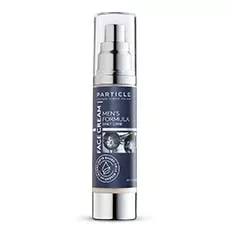
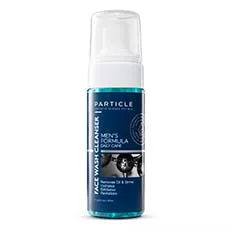
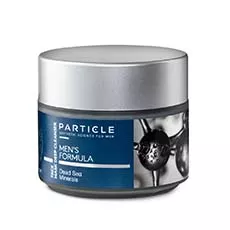
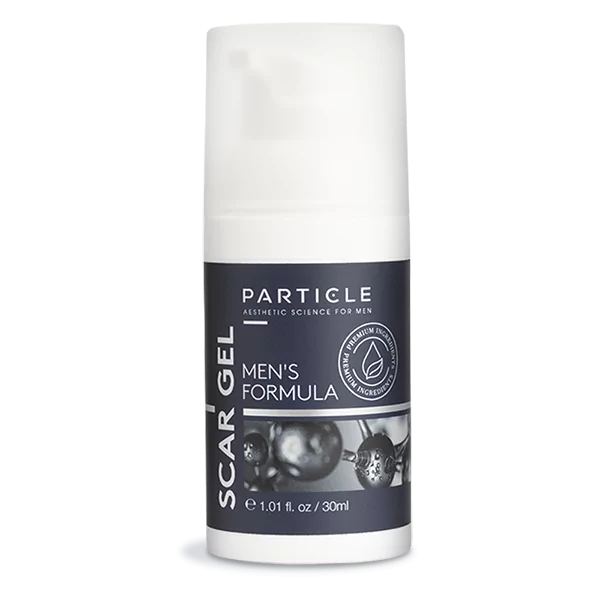
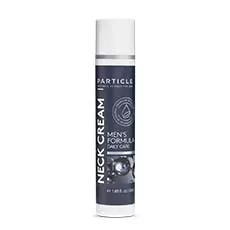
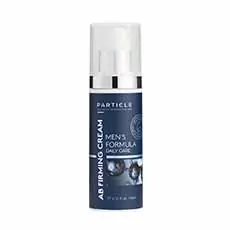
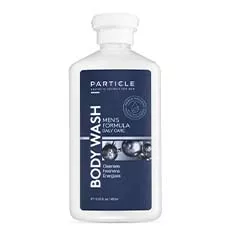
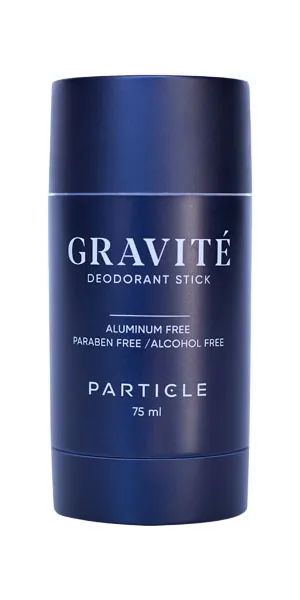
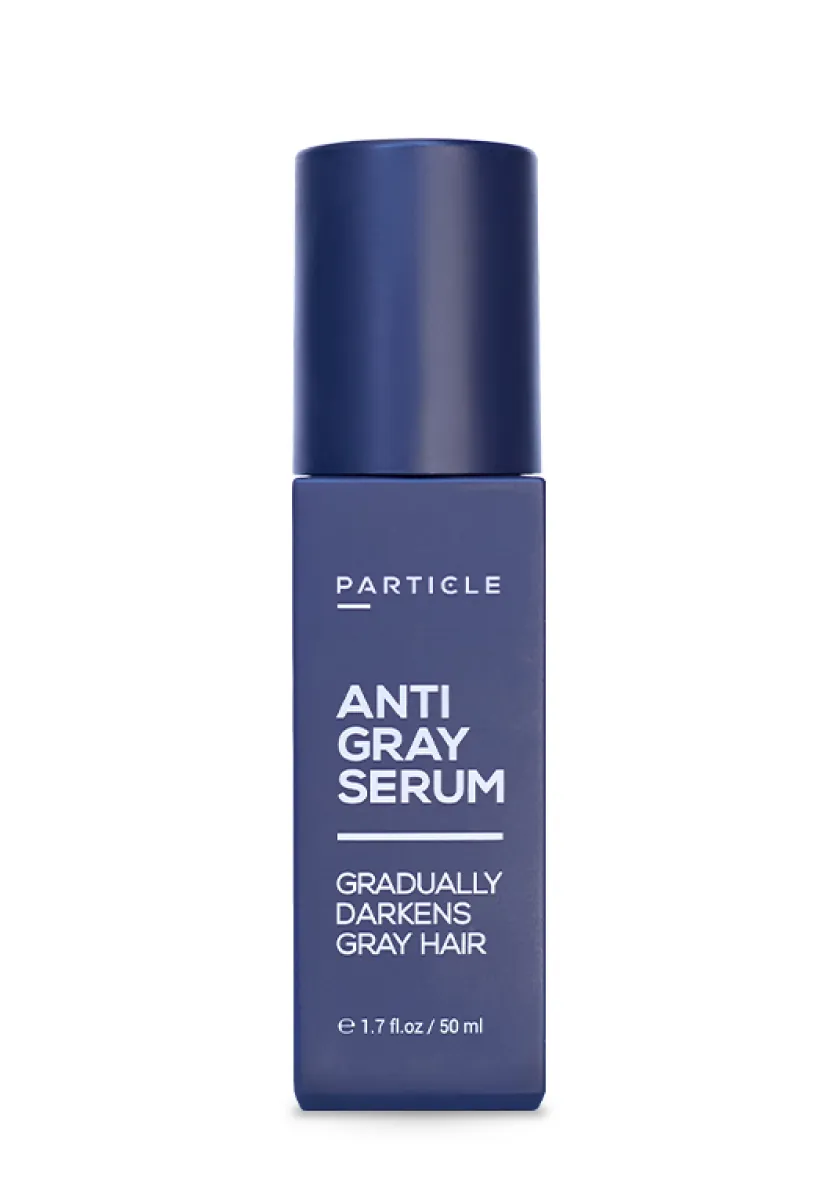
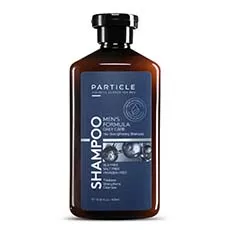
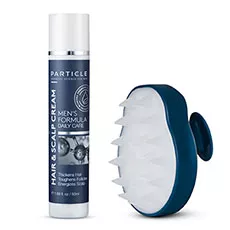
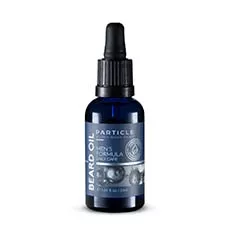
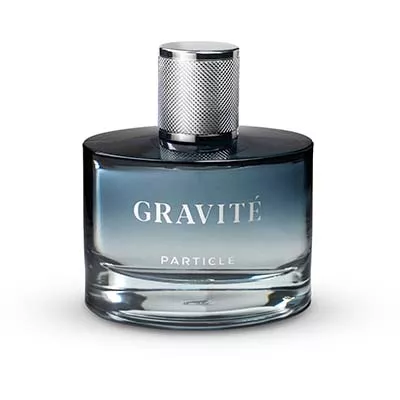

 ca
ca















